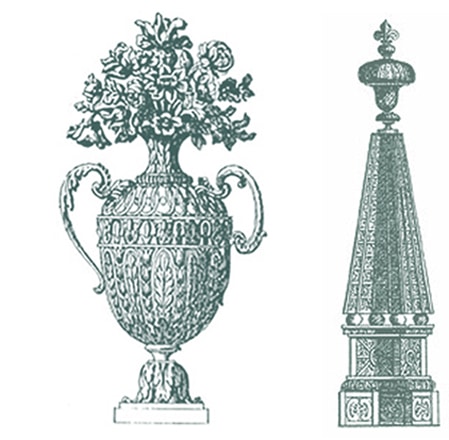The ancient Art of treillage goes all the way back to Antiquity. Originally designed to support climbing vines, the form of latticework became a decorative element in gardens. During the Middle Ages, vines were intertwined with rosebushes and honeysuckle branches to create outdoor living spaces hidden from public view. The use of treillage continued to grow, extending to formal castle parks and gardens, until it became a distinctive architectural technique during the Renaissance.
The 17th century was the Golden Age of Treillage. The Sun King of France, Louis XIV, hired André Le Nôtre to design and build the gardens for his castle in Versailles. The visionary landscape designer used simple geometric lines to force perspective, forming unique spaces and creating the most impressive formal French garden the world had ever known.





































